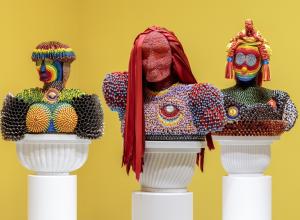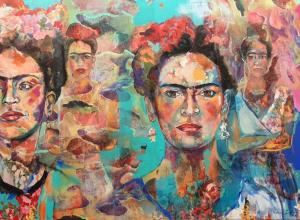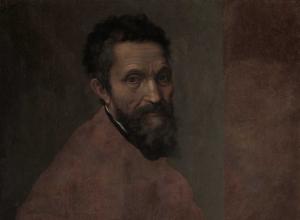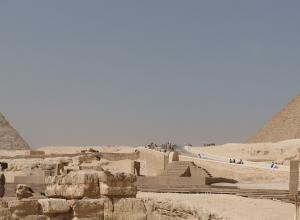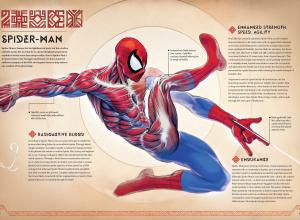The exhibition also gives us a more accurate portrayal of Rousseau, whose name is usually prefaced by the designation “self-taught”, as well as by the sobriquet Le Douanier (the customs officer), reinforcing his lack of formal artistic training. While true, he achieved more than sufficient technical skills over the years and formulated a strikingly distinctive style– a much rarer accomplishment.
Rousseau, however, was educated, knew many of the leading artists, dealers, and critics of his day, and participated regularly in the Salon des Indépendants— hardly a naïf. He understood that painting was also a commercial enterprise for someone of his limited means, aware that he needed to please his clients if he wanted to continue painting. To that end, he would revise the compositions of the many small landscapes, still lifes, and portraits that were his bread and butter ventures, as revealed during recent conservation efforts.
We also learn that he was guilty of embezzlement, joined the army to avoid imprisonment, wrote bad checks, and was forced to declare bankruptcy late in his life, his finances always precarious, never selling enough in his lifetime. However, he had enough confidence (and optimism) to retire at the age of 49 to exclusively pursue his painting.


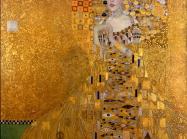

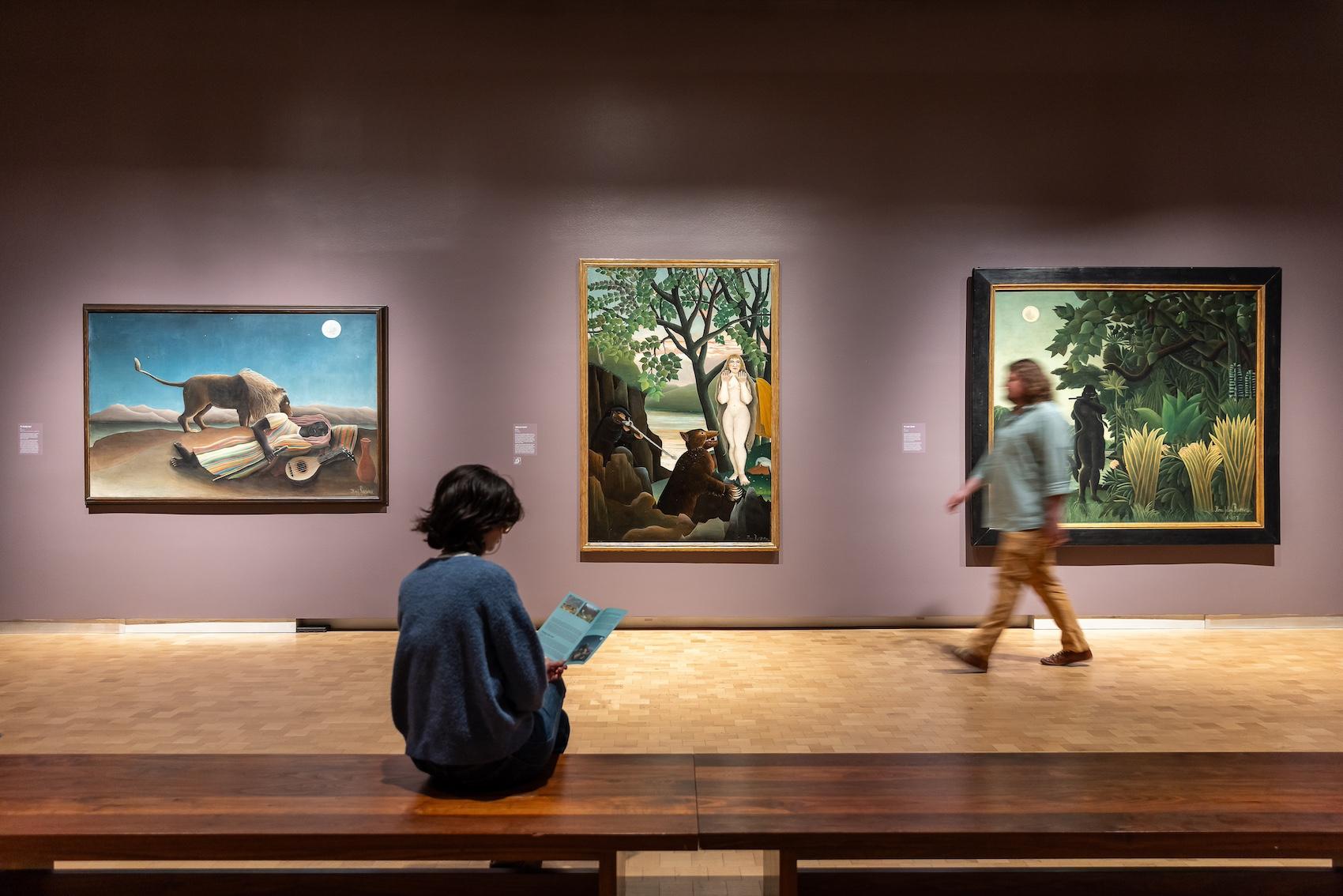
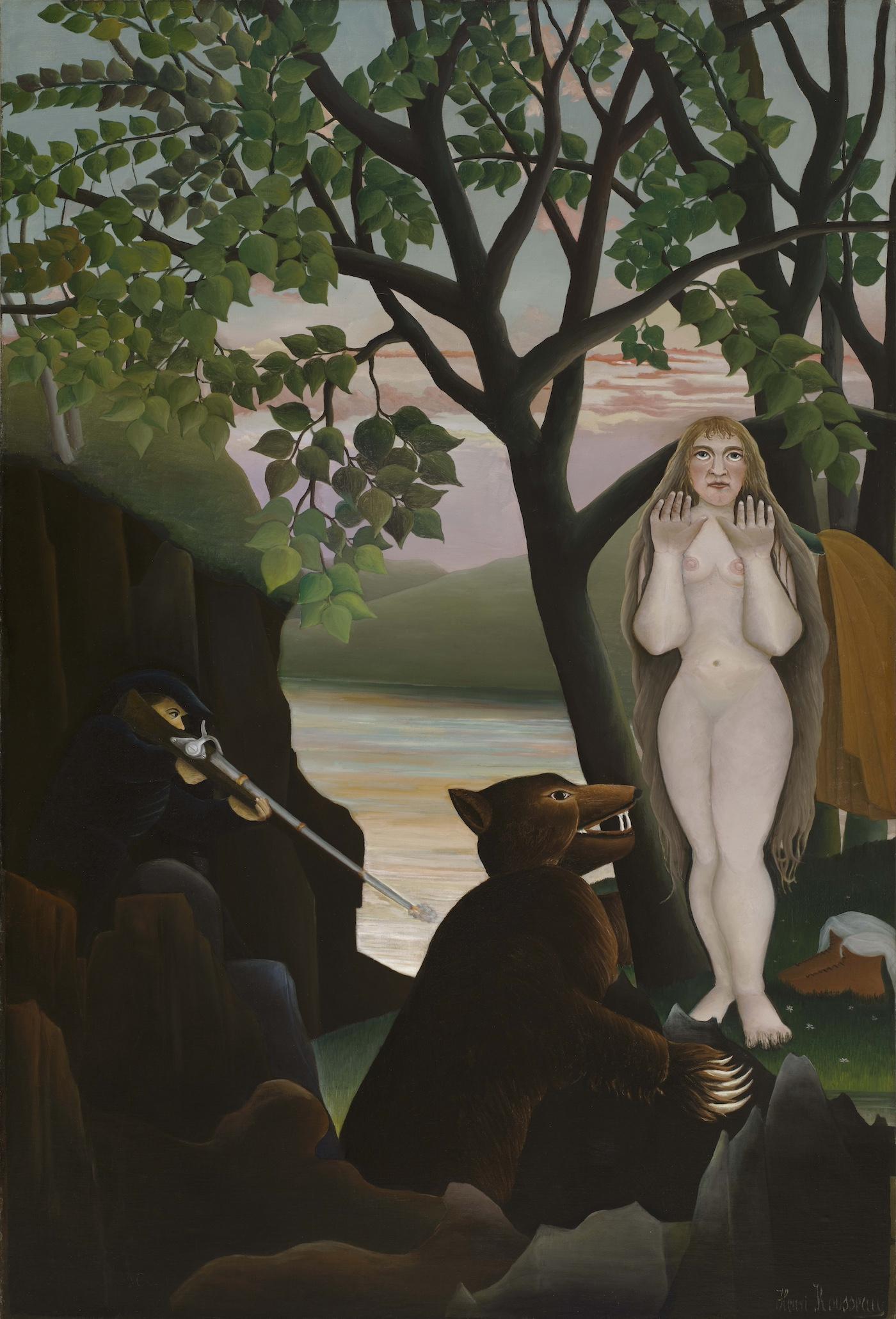


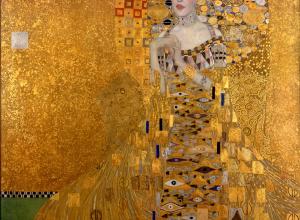
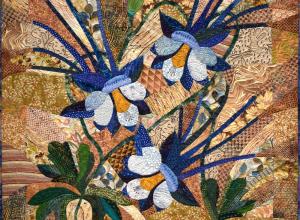

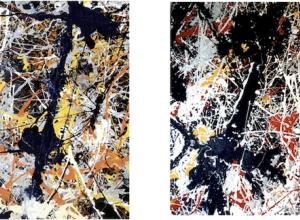



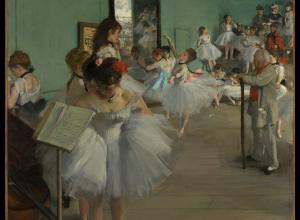

![DEl Kathryn Barton [Australian b. 1972] the more than human love , 2025 Acrylic on French linen 78 3/4 x 137 3/4 inches 200 x 350 cm Framed dimensions: 79 7/8 x 139 inches 203 x 353 cm](/sites/default/files/styles/image_5_column/public/ab15211bartonthe-more-human-lovelg.jpg?itok=wW_Qrve3)

